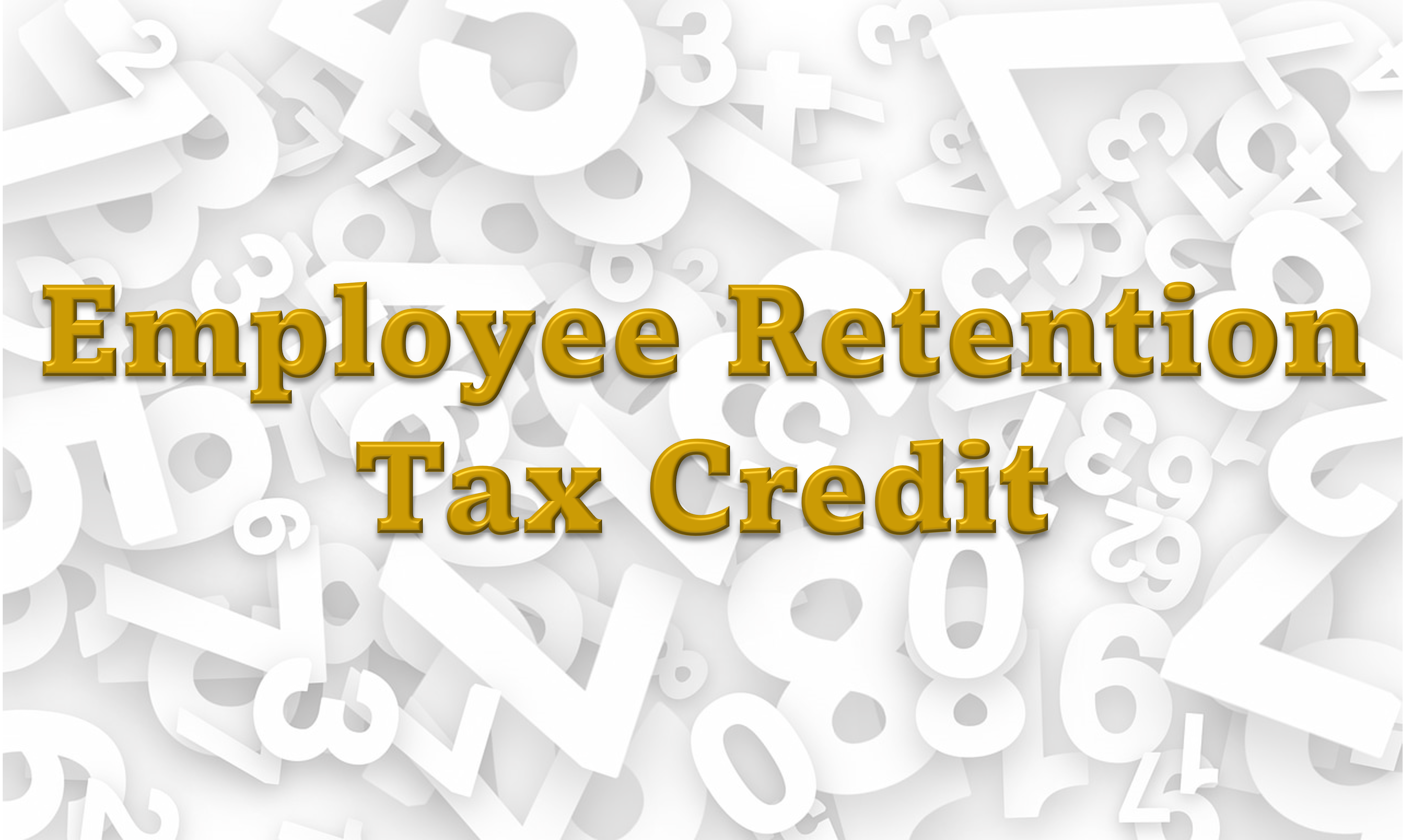Updated as of June 4, 2020
The U.S. Senate passed the House bill, called the Paycheck Protection Flexibility Act of 2020, Wednesday night, tripling the time for small businesses and other PPP loan recipients to spend the funds and still qualify for forgiveness of the loans.
Some highlights, which loan borrowers would be most interested in, are summarized in the following:
- Borrows now have 5 years to repay the loan. Interest rate remains at 1%.
- PPP borrowers can also delay payment of their payroll taxes.
- PPP borrowers can choose to extend the eight-week period to 24 weeks, or they can keep the original eight-week period. This gives more borrowers flexibility to reach full, or almost full, forgiveness.
- Payroll expenditure requirement drops from 75% to 60% – borrows must spend at least 60% on payroll to qualify for loan forgiveness, meaning that if the 60% payroll expenditure is not met, none of the loan will be forgiven. This is unlike the current requirement where forgiveness is not eliminated if the 75% threshold is not met.
- Borrows can use 24-week period or have time until December 31, whichever is earlier, to restore their workforce levels and wages to the pre-pandemic levels required for full forgiveness, with two exceptions applied:
- Employees turned down good faith offers to be rehired at the same hours and wages as before the pandemic.
- Borrows could not find qualified employees or were unable to restore business operations to the level of February 15, 2020 due to COVID-19 related operating restrictions.
If you have questions regarding this topic, please reach out to us at (469) 467 – 4660, or info@ahujaclark.com.






